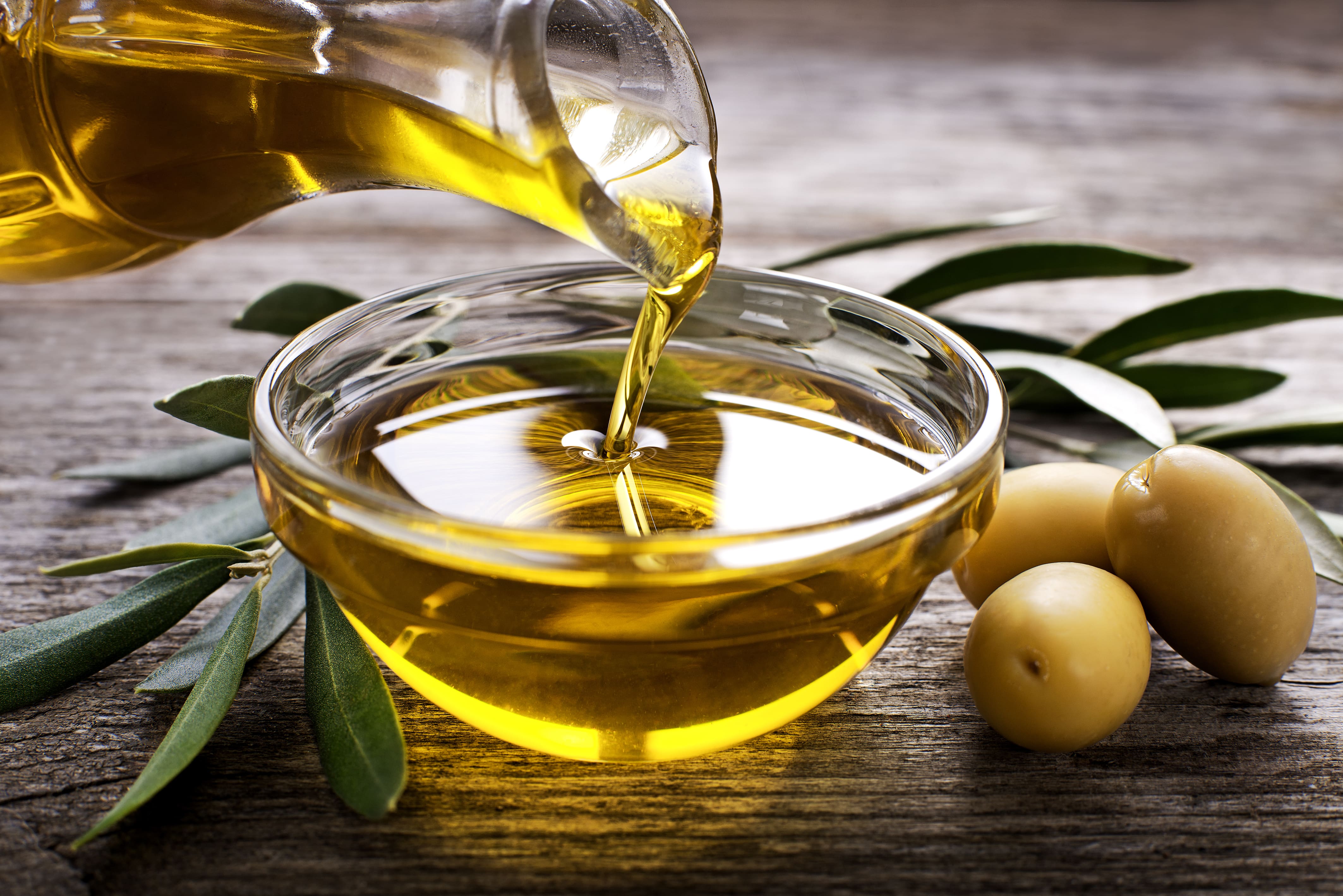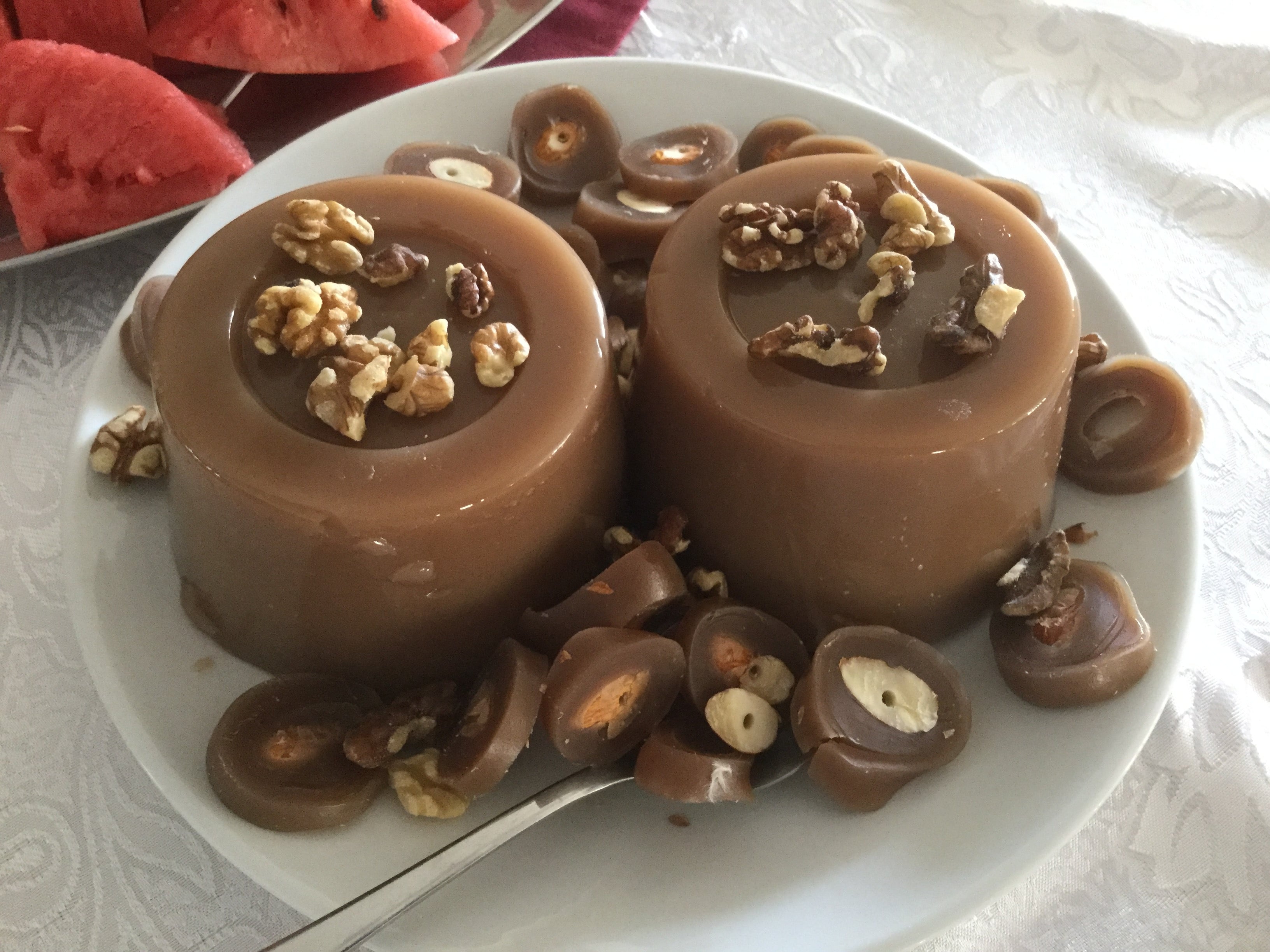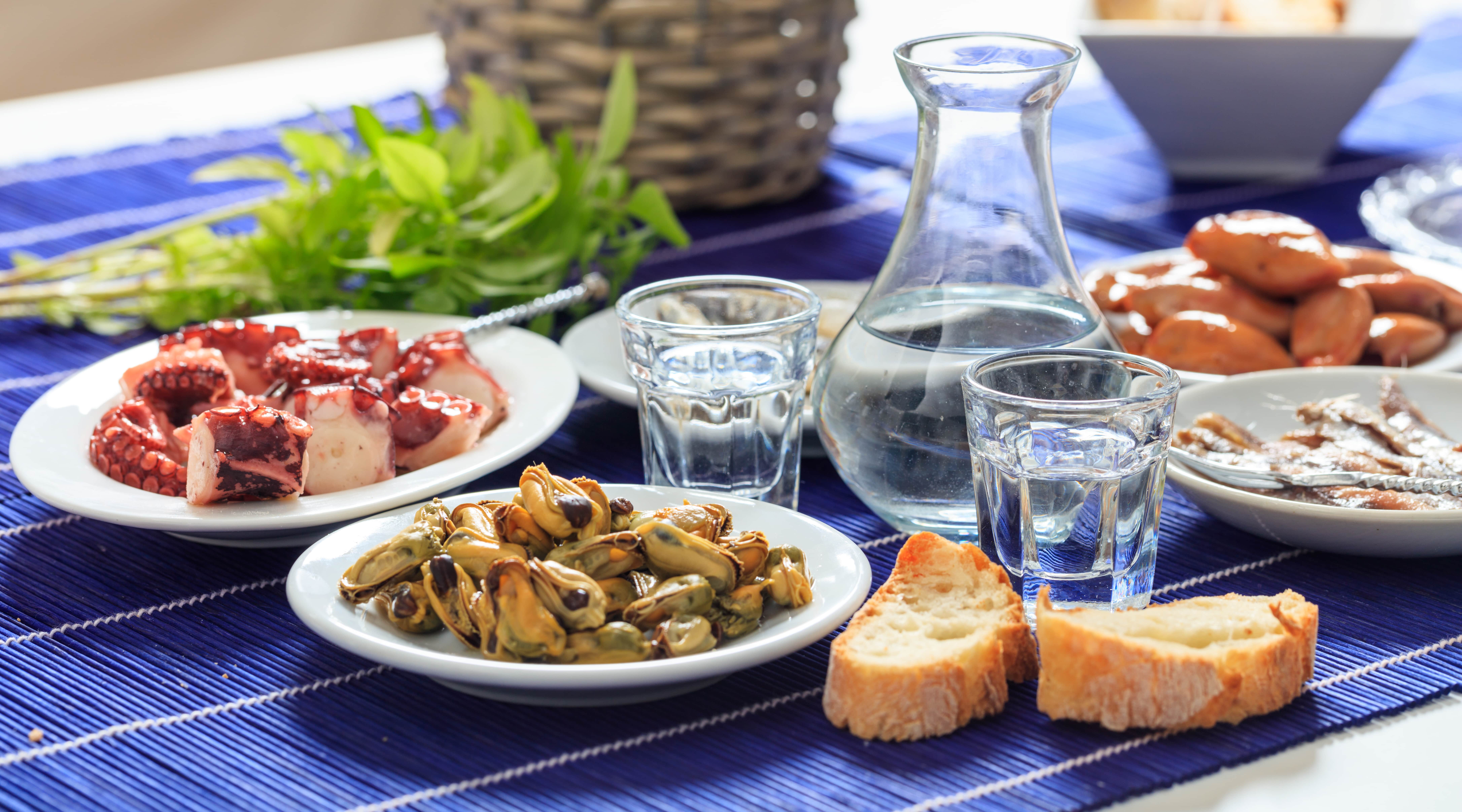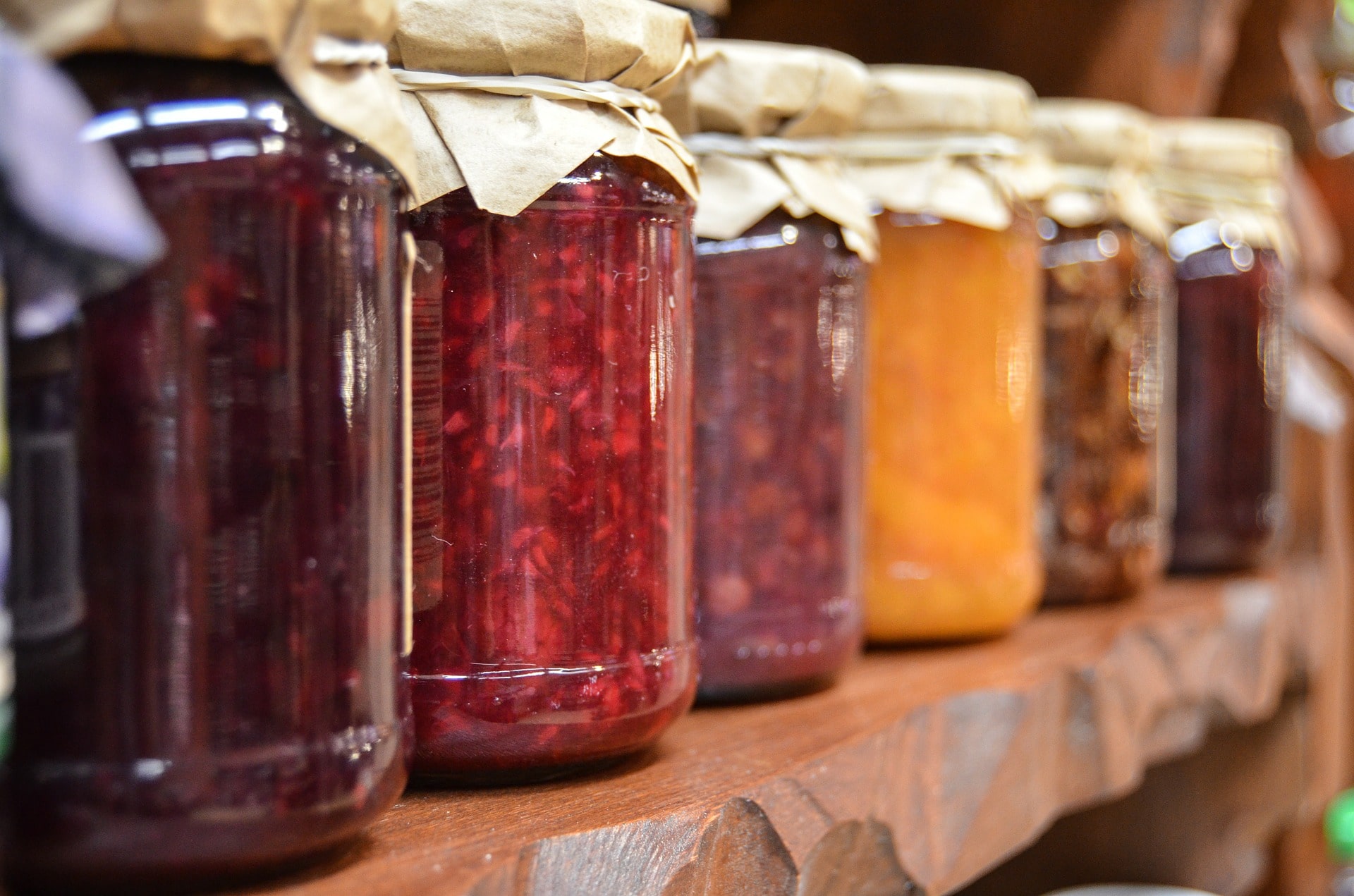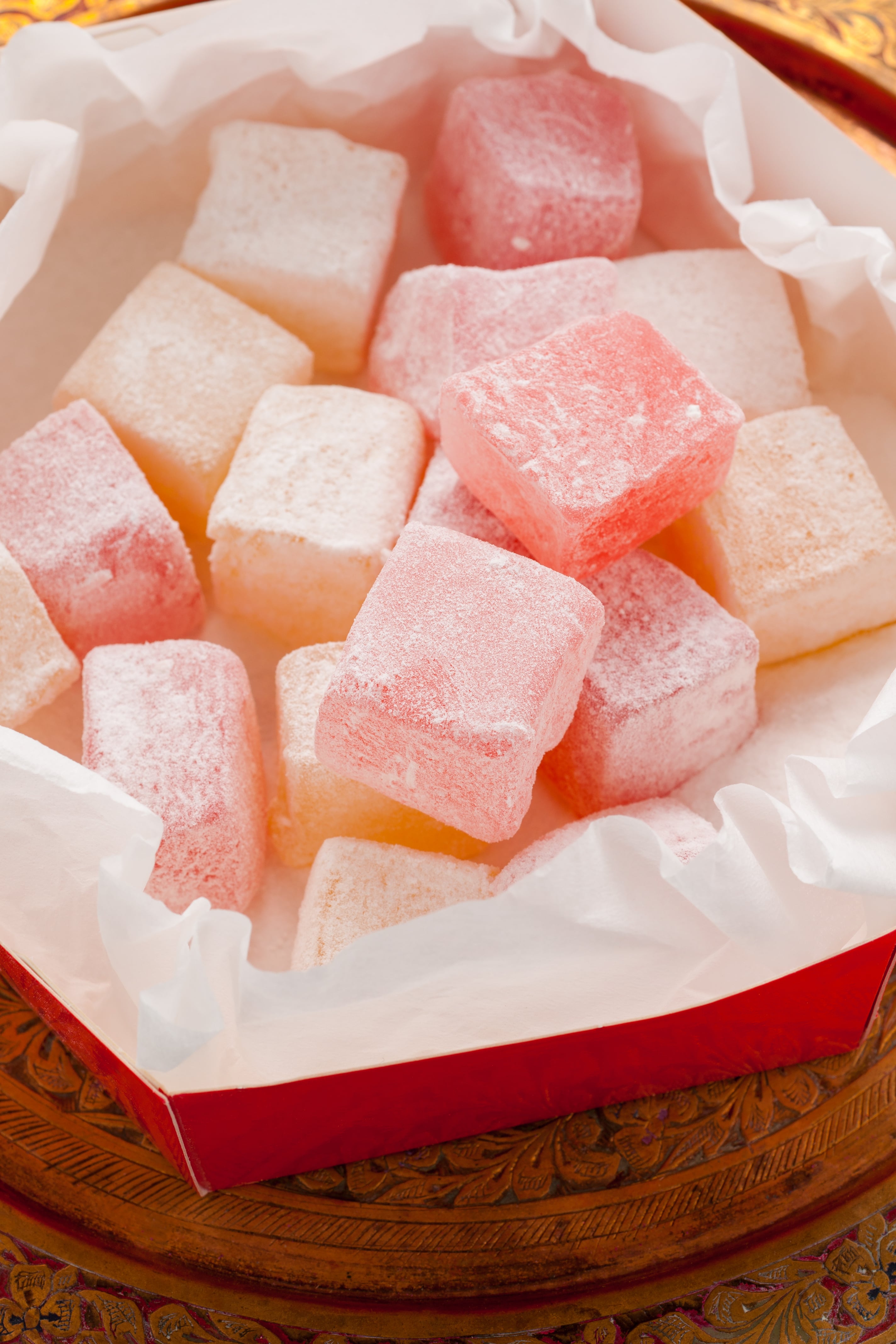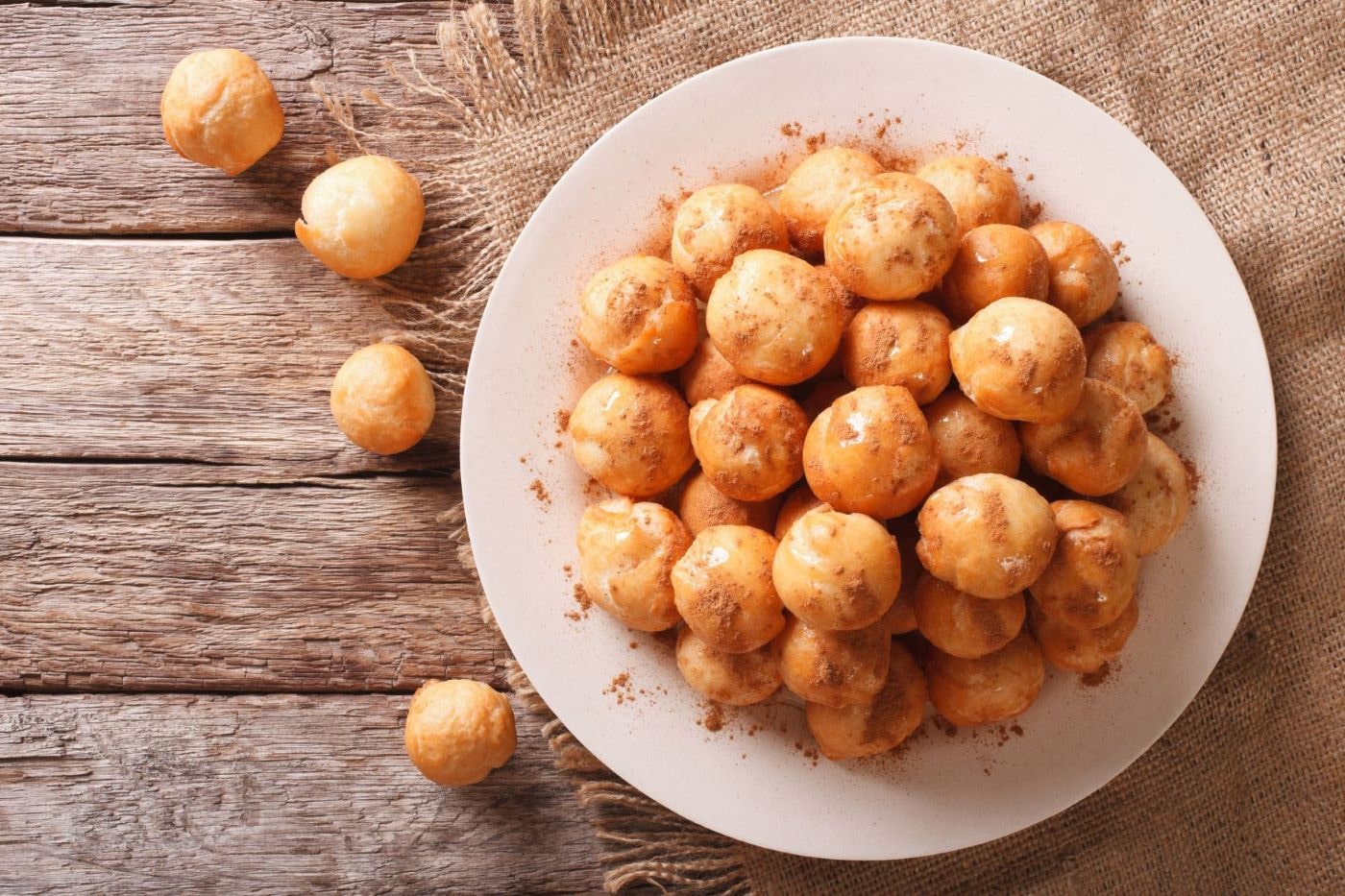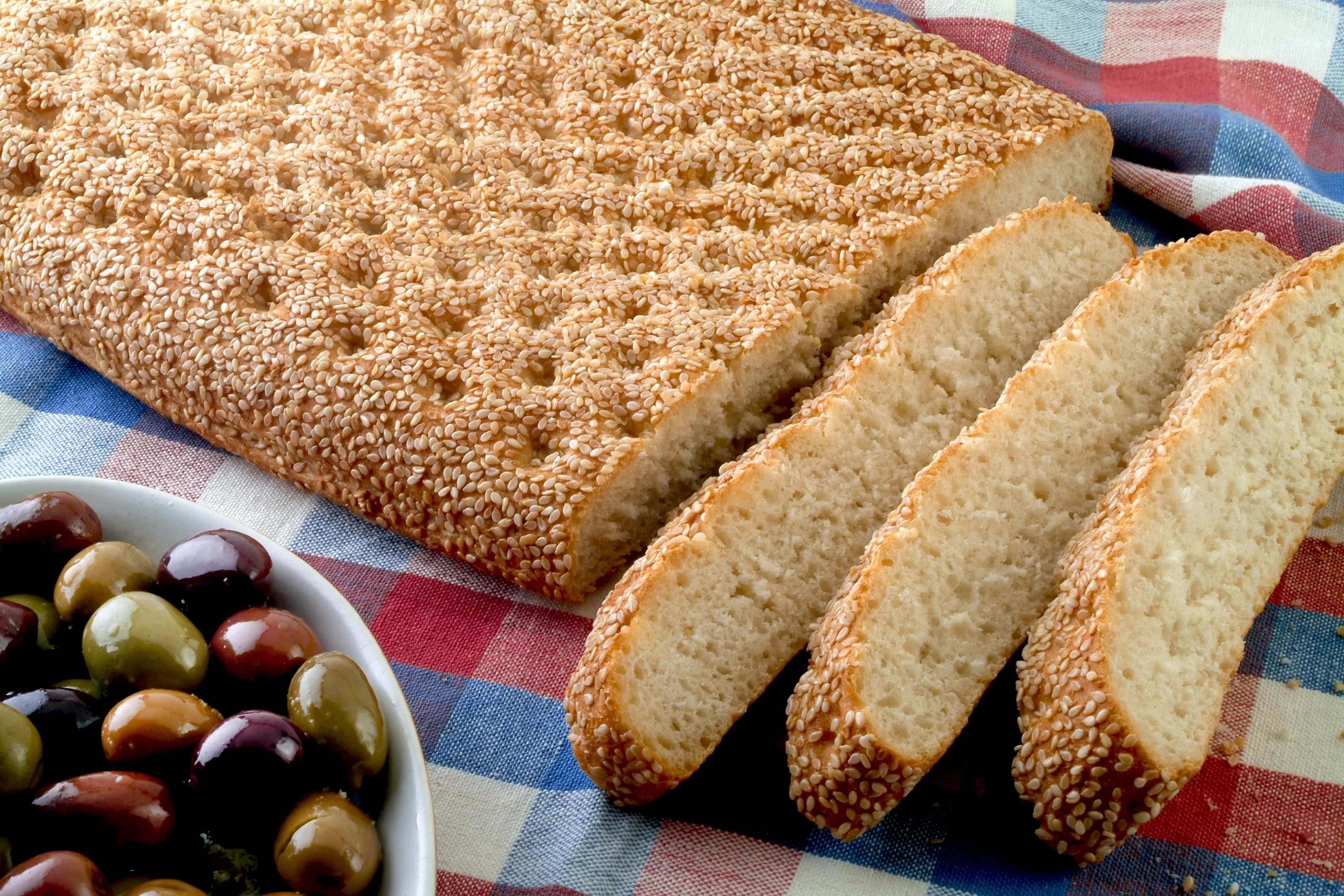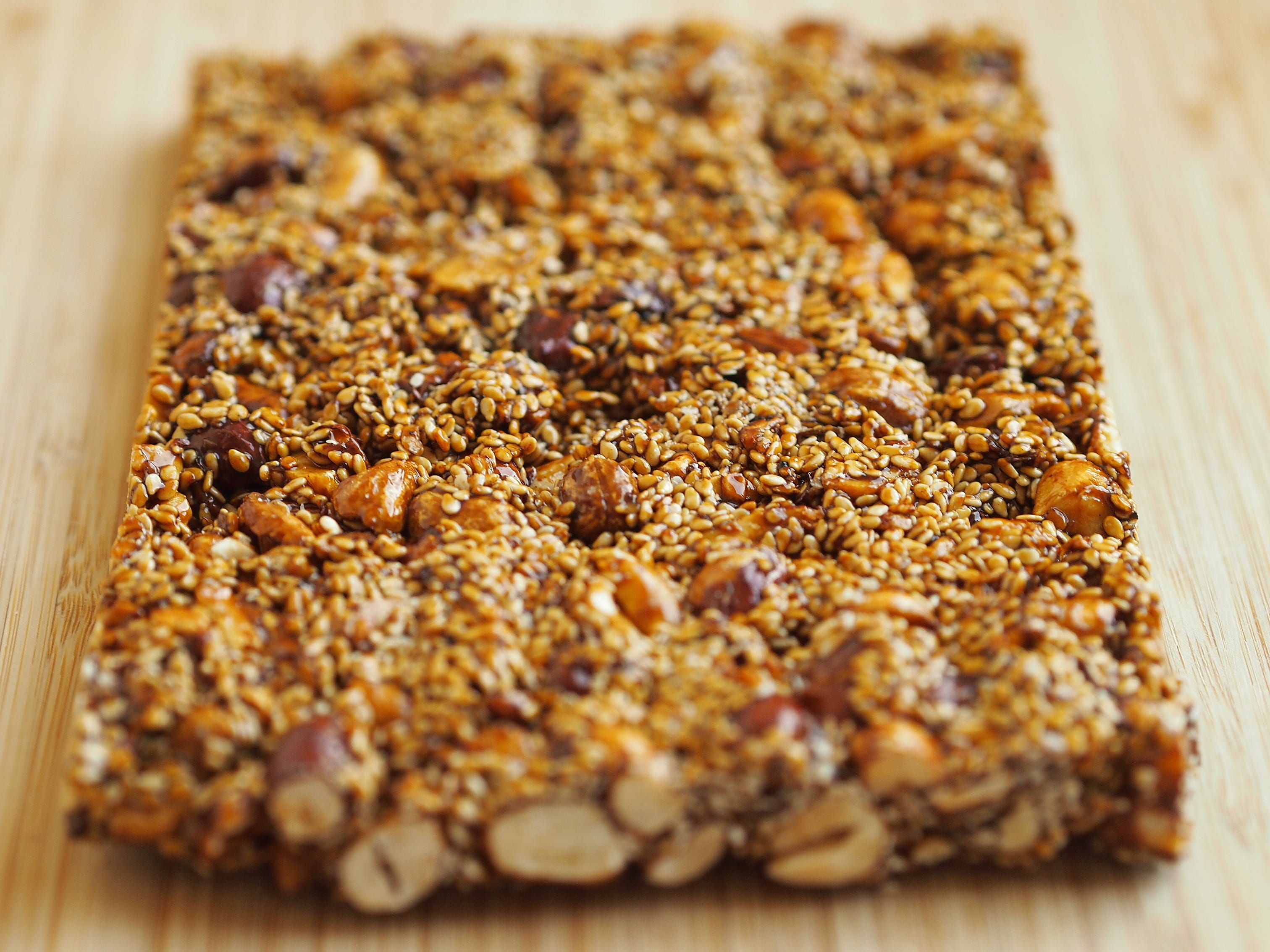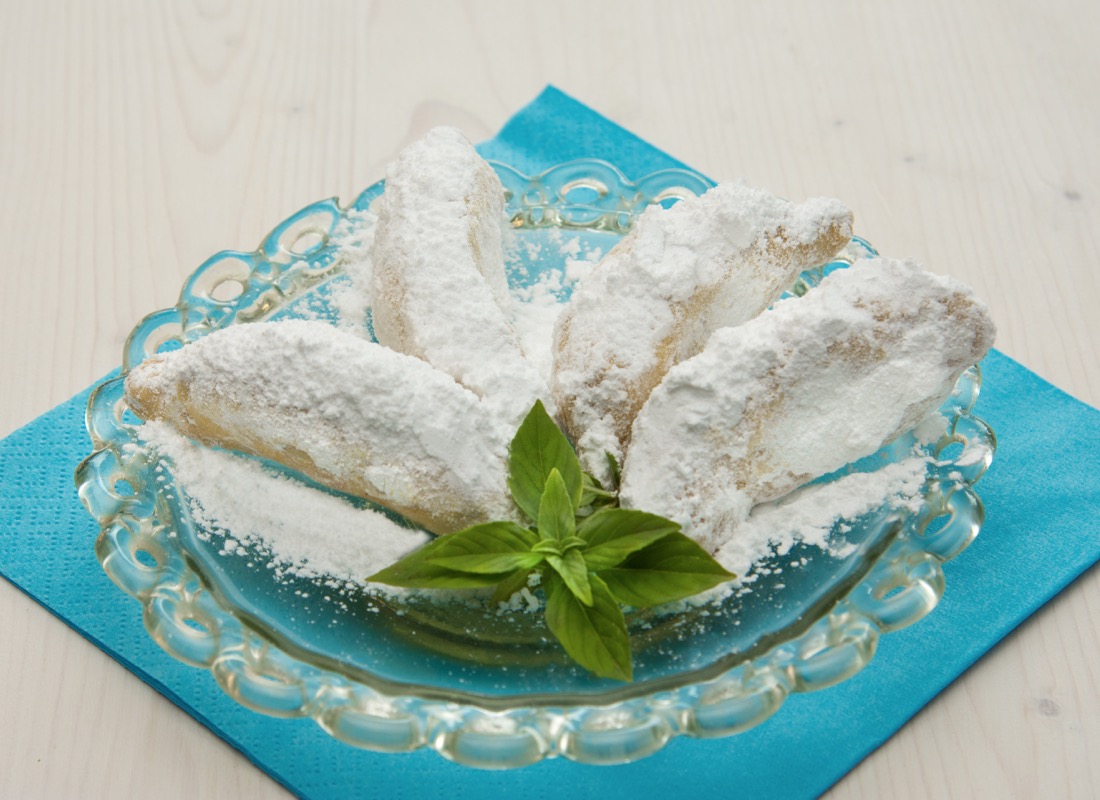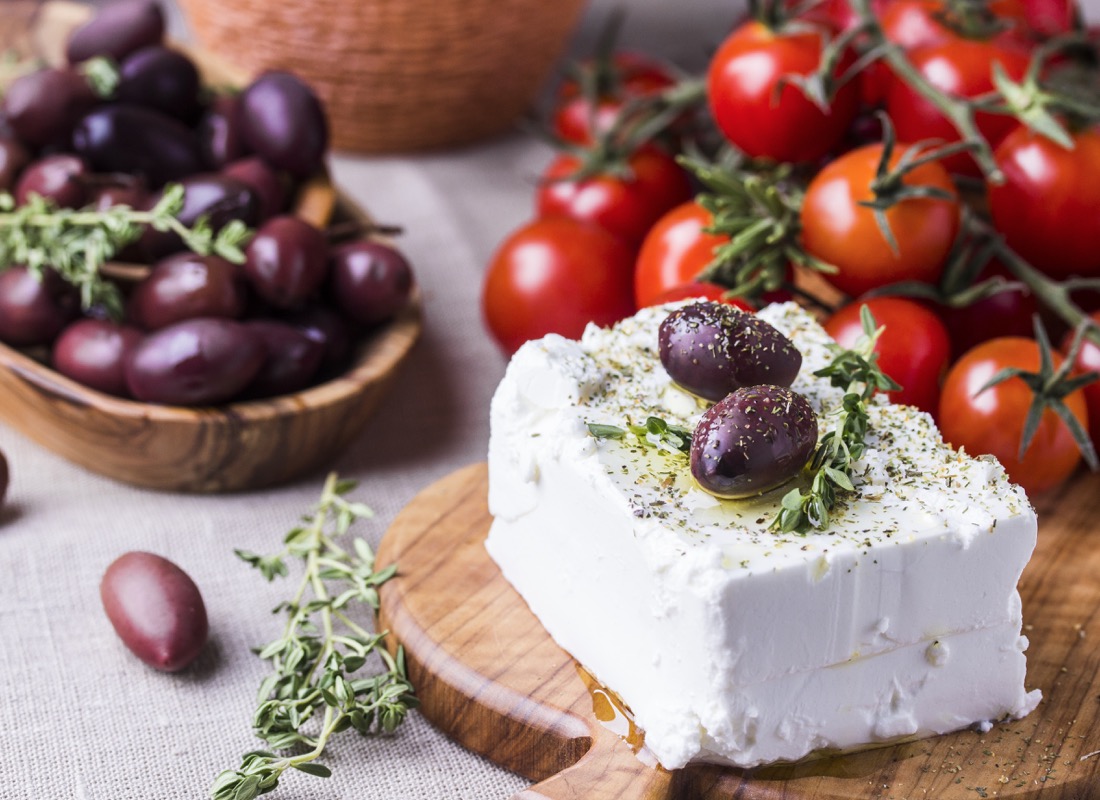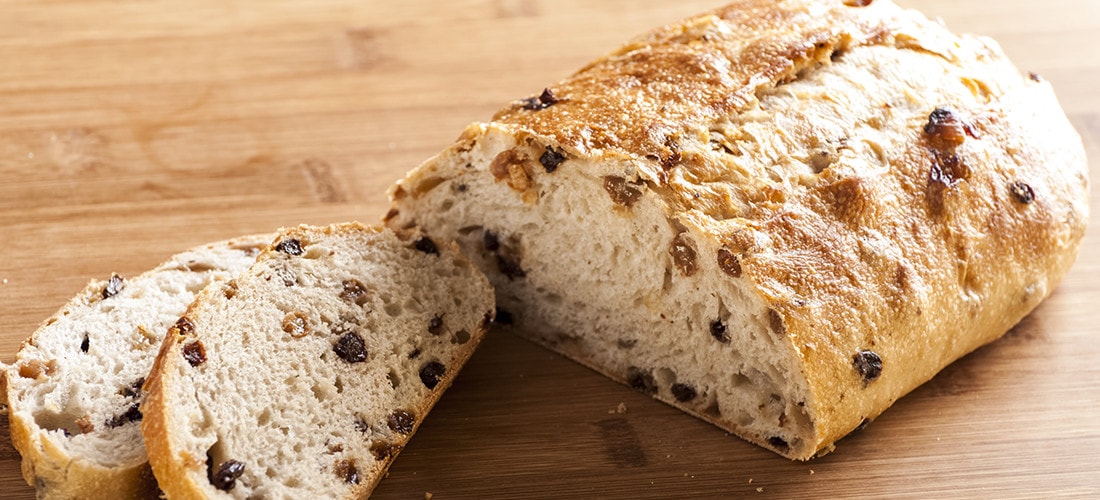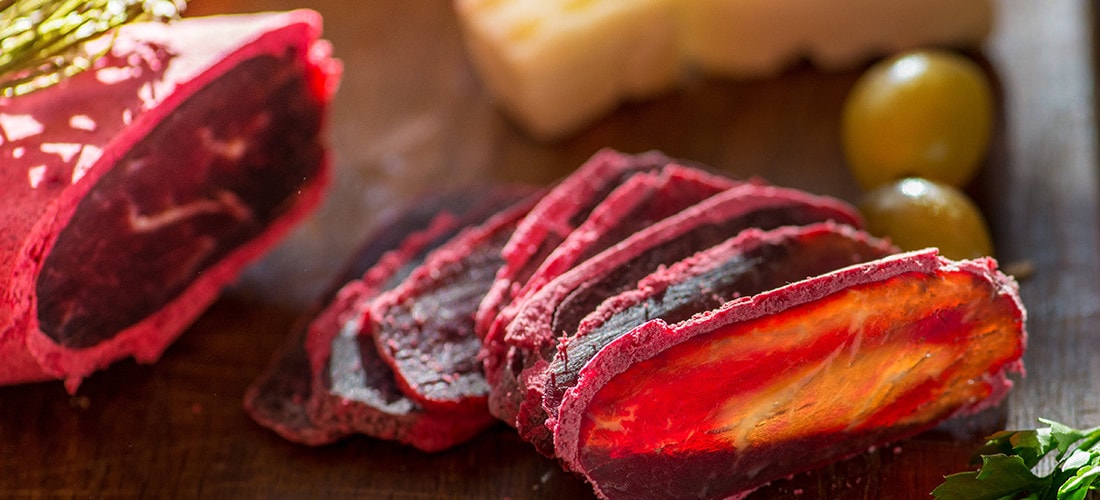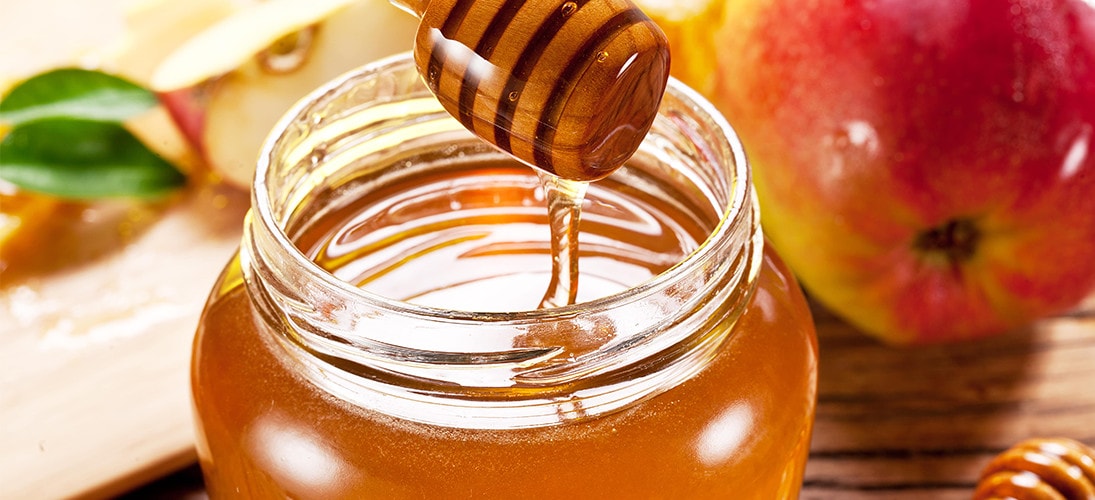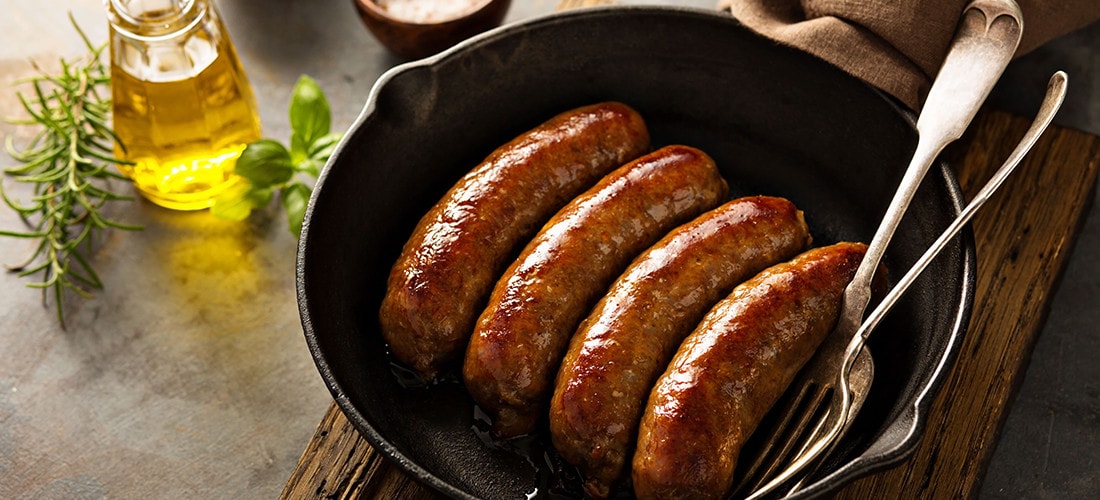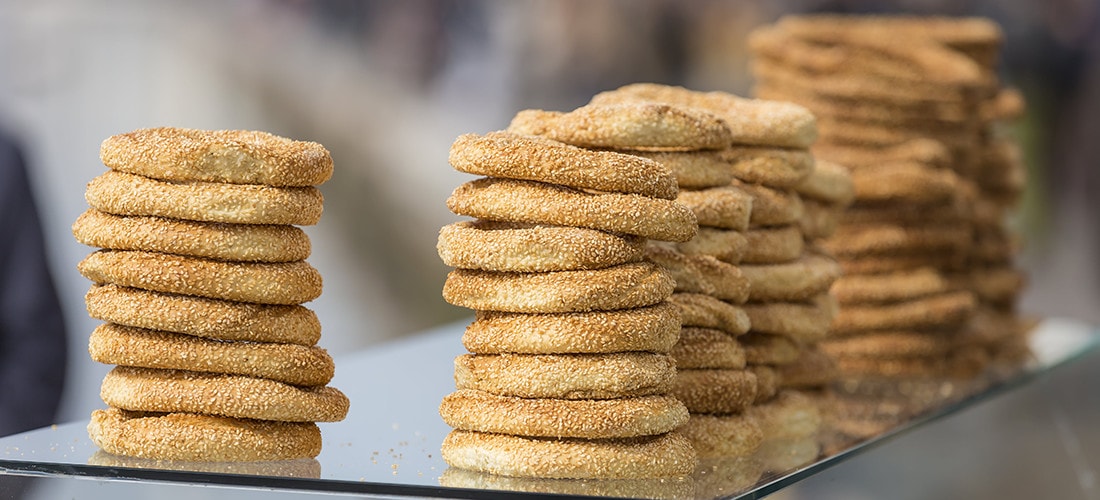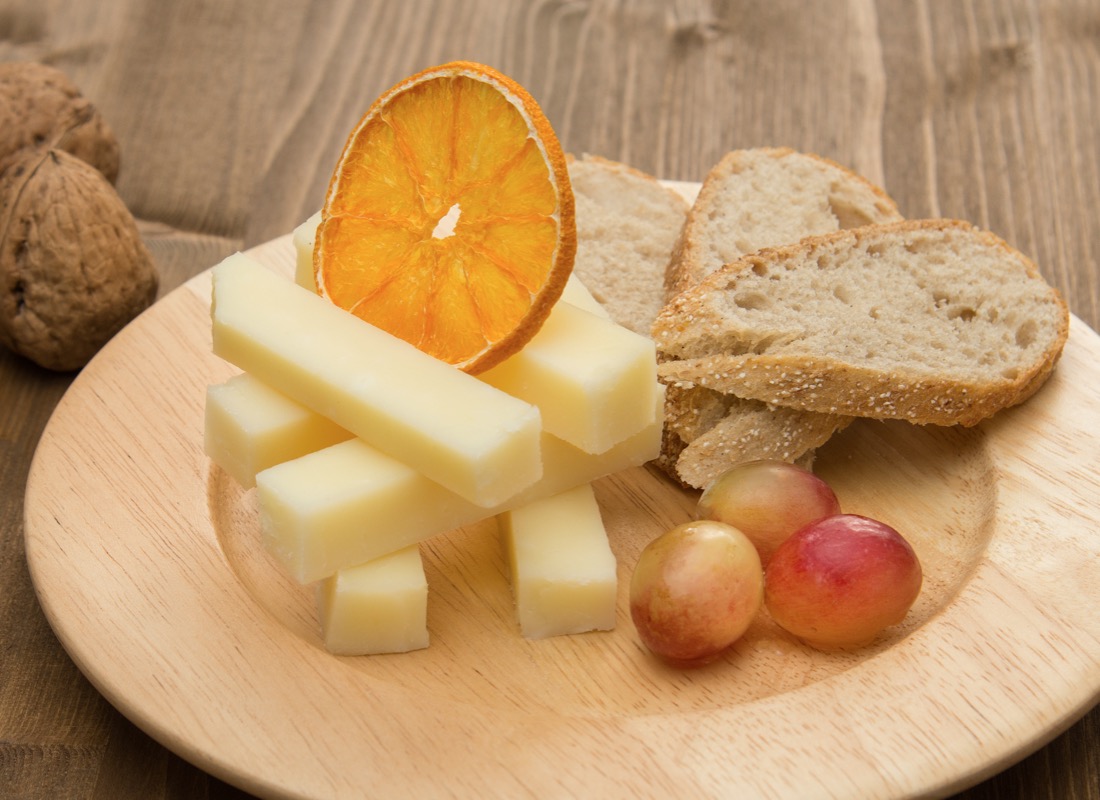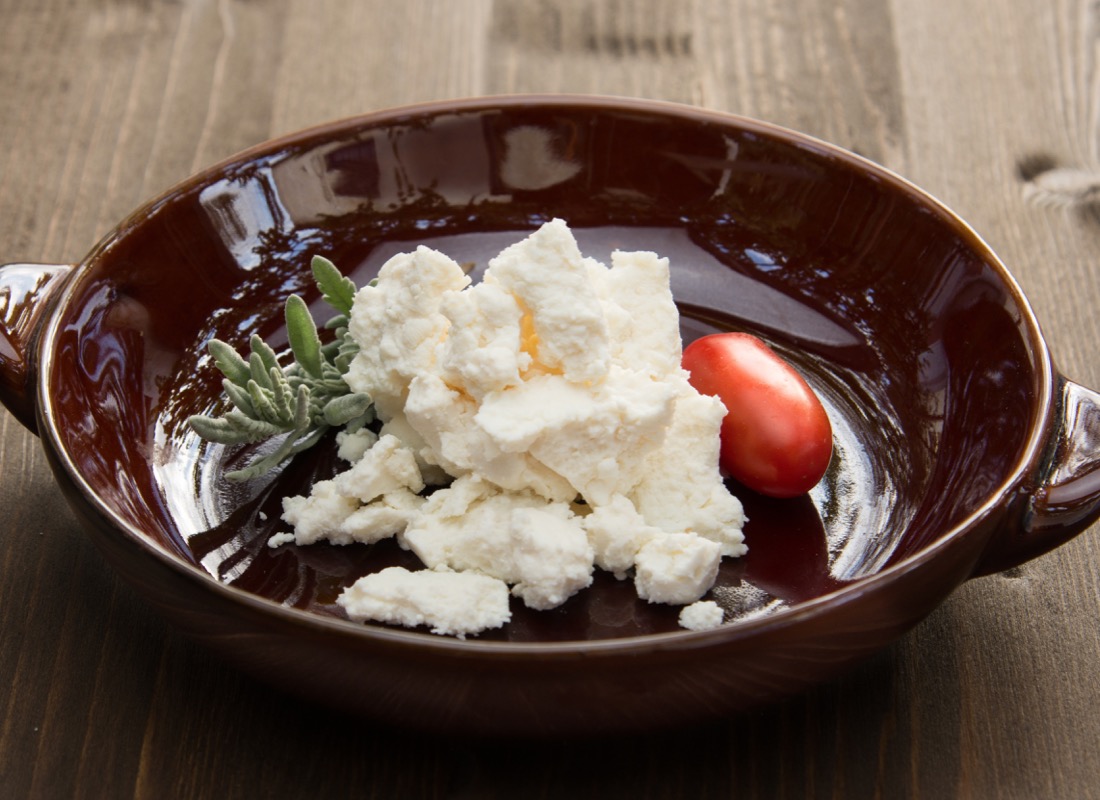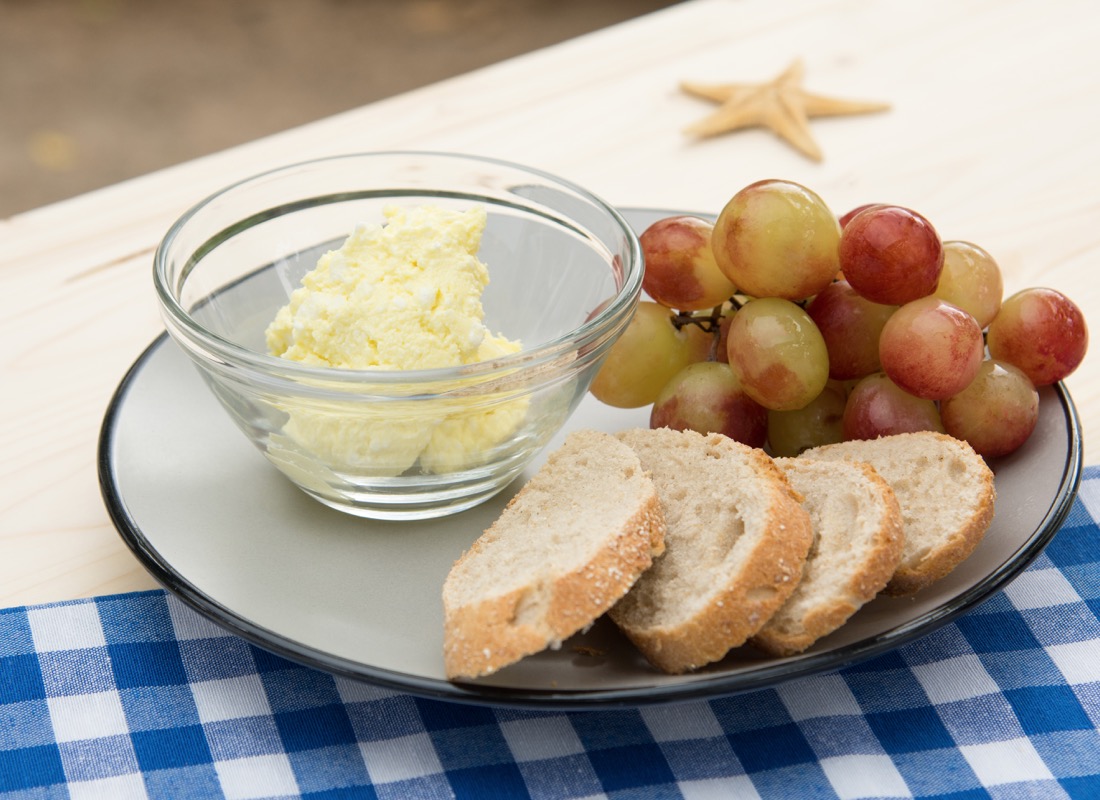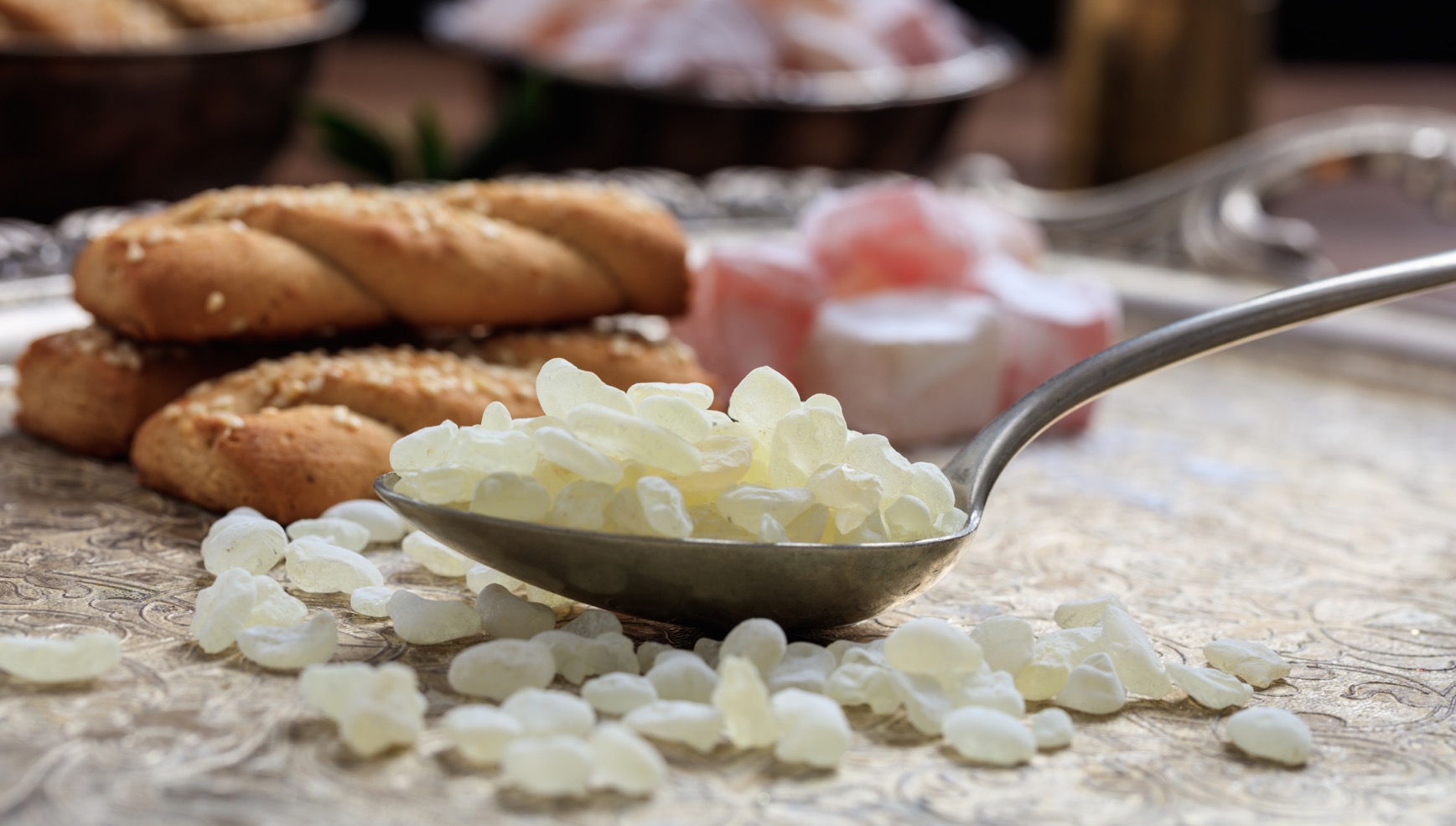Olive oil, “liquid gold”
The olive tree is a native species to Greek Land, cultivated in the Aegean as early as 2.000 BC, and oil, is omnipresent since then in Greek life: nutrition, religion, mythology, medicine, literature, art. Hercules planted an olive tree at the Temple of Hera in ancient Olympia, after completing his twelve labours. Goddess Athena donated to the Athenians the first olive tree in the world and this why it became the sacred tree of Athens. The Olive wreath also known as kotinos was the prize for the winner at the ancient Olympic Games. It was a branch of the wild … Read more
